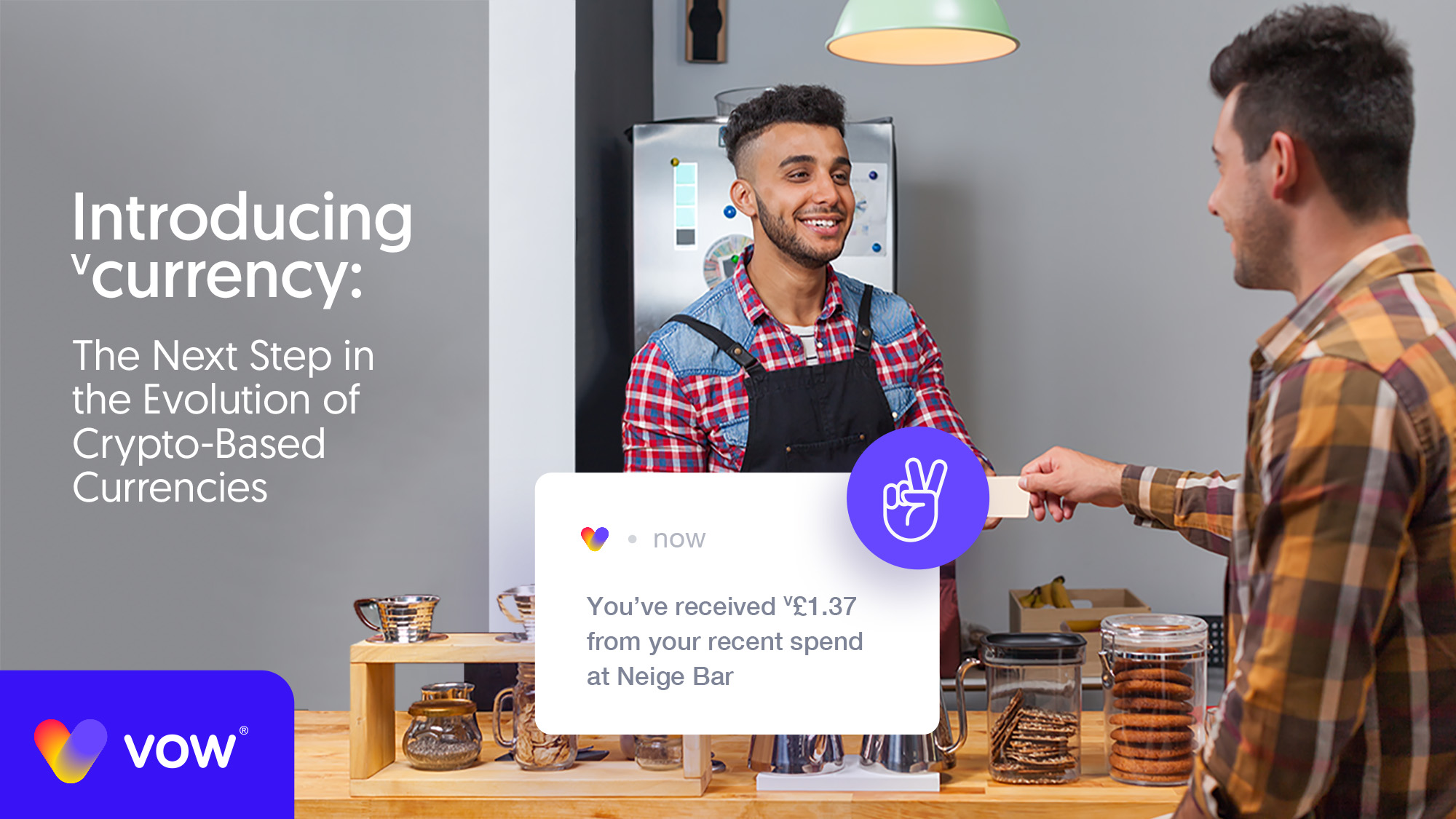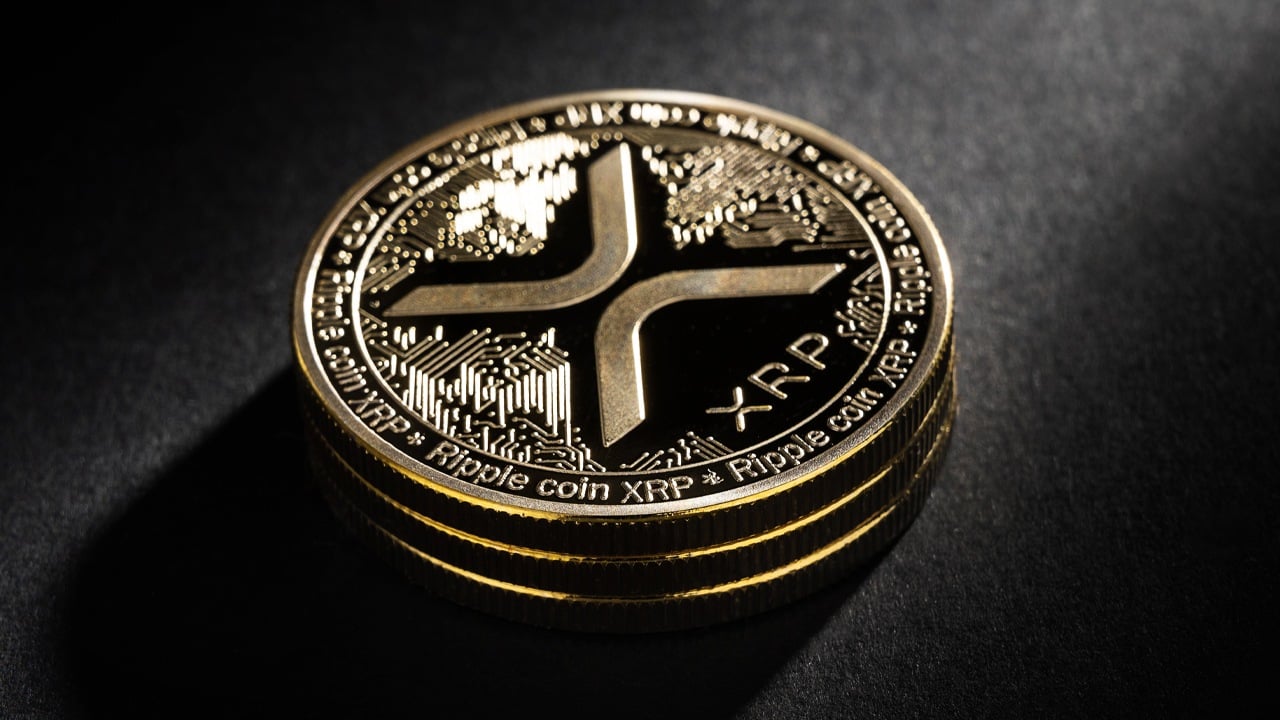sponsored
Since the beginning of 2021, the cryptocurrency industry has experienced a marked surge in popularity, as institutions and individuals flock to the rapidly developing space in large numbers. Whilst the barrier to enter the space has significantly decreased since its birth a decade ago, there remain several sticking points which keep more widespread adoption difficult, particularly when it comes to interacting with local fiat currencies.
There is a need for an effective and efficient liquidity bridge between crypto currencies and merchants that will only become stronger as the industry develops. Additionally, the influx of new participants – most of which are retail investors or traders – is causing a heightened level of volatility, which is in danger of rendering the mass adoption of the industry in the mainstream financial world untenable. Even with the ballooning of the stablecoin space in response to these issues, it is not quite ready to appeal to those industries that might see the most benefit from their use; namely commerce. A solution is needed to accelerate acceptance of crypto currency and stablecoins, one which doesn’t fake crypto acceptance by merchants by automatically converting crypto to fiat using a prepaid card or a crypto to fiat gateway.
Enter Vow (R), a company developing an alternative to stablecoins, called vcurrencies. As opposed to being backed by money in a bank account, vcurrencies are backed by thousands of independent merchant promises. They exist in an ecosystem driving both local and global commerce and have an effect of promoting and increasing the use of blockchain-based assets for commerce. Indeed, vcurrencies are already in use in the background of reward programmes in 11 countries. By posting their transactions onto a level two scaling layer (operated by Aventus Network), these reward programmes have collectively processed 8.5 million historical transactions to date in advance of a public launch. This article will discuss Vow’s solution in depth. It will examine the company’s innovative new approach to stability, as well as explore the benefits of its fast-growing commerce ecosystem. But first, what is Vow and how does it work?
What is Vow and How Does It Work?
Vow’s mission is to decentralise currency issuance and establish itself as a universal bridge for merchant crypto acceptance all over the world. Vow’s unique approach targets the billions of dollars worth of “promises” merchants make to their customers in the form of vouchers, points, cashback and gift cards and tokenizing them brings a new form of liquidity into existence. Its tokens, which Vow calls “vcurrencies”, are fixed value discount tokens that merchants issue in place of their usual reward “promises”. Instead of $1 worth of gift cards, cashback or discounts, merchants simply reward their customers with $1 of vcurrencies instead. Customers then collect their vcurrencies and exchange them for a fixed discount on merchants’ goods of services at any time in the future.
As a result of being accepted against merchant goods and services, vcurrencies have equivalent utility; meaning they mirror local fiat equivalents in all respects when a customer is making a purchase from a given merchant. For example:
Product X from Merchant A costs $100 and comes with 20% cashback. When Customer A purchases Product X in exchange for fiat, they receive $20 worth of vcurrencies in their Vow wallet and can use that 20 vUSD to claim a $20 discount on their next purchase.
Vow’s “platform” exists as an ecosystem of merchants and customers, allowing those customers to spend their tokenized rewards at a wide choice of merchants, effectively establishing a localized currency. This means it is not e-money, neither is it classifiable as a stable coin, as it does not profess to carry any intrinsic value. In fact, it is a discount against goods and services.
Because it is merchants that issue vcurrencies to their customers, they stand behind it to protect the integrity of their brand. This also plays into the uniqueness of vcurrencies compared to traditional stablecoins as there is no central company, government, private party or asset which is used to support the tokens’ value at any time and consumers receive them completely free.
In contrast, each vcurrency retains 100% of its value, at a 1:1 equivalency with the local currency owing to the distributed merchant promises to accept them back in return for their goods and services.
In addition to vcurrencies themselves, the heart of Vow’s platform is a free-floating, limited-supply ERC777 cryptocurrency called VOW, which merchants will need to purchase in order to mint new vcurrencies. VOW’s value is directly reflective of the ecosystem’s adoption rate.
A Bridge Between Commerce and Crypto
Indeed, vcurrencies, VOW and the wider Vow ecosystem are destined to be critical tools for more mainstream cryptocurrency and blockchain-based technology adoption for several reasons:
- The ecosystem gives businesses the ability to create a new pool of liquidity which not only makes it easier for local commerce to occur, but also supercharges industries that might otherwise find it difficult to establish themselves from the offset.
- vcurrencies are fundamentally simple to understand from the consumer perspective, an important characteristic when it comes to convincing both merchants and customers to participate in the platform.
- vcurrencies are truly decentralized and put the key stakeholders – merchants and customers – first. As a result, merchants can be fully confident of the ecosystem’s integrity.
- Merchants will benefit financially as vcurrencies and the wider Vow ecosystem reduce fiat expenses and the cost of customer acquisition, resulting in more efficient cash flows.
Vow’s model embodies the shift towards an ecosystem-led approach in commerce – a trend which encourages businesses to build for all stakeholders, not just shareholders. The approach is fundamental to blockchain-based platforms and has resulted in a more equal distribution of benefits for similar projects in the crypto space.
Vow’s Chairman, Bishara Smeir, speaking about the need for merchant adoption, says:
“There is currently no significant demand for businesses’ to accept decentralised currency. Replacing existing vouchers and stored value products with vcurrency can be an easy step, into a wider decentralised world.”
How Do vcurrencies Compare Against Stablecoins?
Stablecoins – in contrast to free-floating cryptocurrencies like Bitcoin – are designed to keep their value stable. Traditionally, there have been two approaches:
- Tethering stablecoins to fiat currencies by holding an equivalent amount of currency in reserve,
- Linking the value of stablecoins to some basket of assets (crypto-based or otherwise) via an algorithm which adjusts a stablecoin’s value in response to changes in price of the items in that basket.
In commerce, however, both of these approaches include potential risks and may pose a threat to wide scale merchant adoption of crypto payments.
The first approach requires merchants to trust a third party is holding large quantities of fiat currency, which it can cash in. The reintroduction of third parties into transactions is counter to the ethos of blockchain. This is also an expensive task riddled with compliance issues in most developed economies.
The second algorithmic approach offers a positive step in the direction of decentralization. However, a reliance on volatile crypto-assets and a risk-reward strategy that maintains fiat parity, means stability in extreme market circumstances remains untested. vcurrencies are backed by products and services with the same unit value as their associated vcurrency, hence their value correlates perfectly thereby eliminating the risk of the collateral diverging in value from the asset it is backing.
Conclusion: Evolution by Experimentation
All of the above shows Vow’s commitment to expanding commerce through the application of blockchain-based technologies. However, at its core, Vow’s solution is fundamentally commercial and strategic in its implementation. Vow has examined critical issues in merchant-customer interactions and has applied a specific commerce-led solution which capitalizes on the innovative new field of blockchain and cryptocurrencies.
Indeed, this application is promoting the ongoing experiment of decentralization in mainstream industry, with Vow taking a clear lead. Vow’s unique merchant-led decentralized ecosystem approach will not only facilitate an increased pace of cryptocurrency and blockchain adoption in commerce, but will pave the way for much more innovation in the future, triggering an embrace of new technologies industry-wide.
For more on how Vow’s vcurrencies are leading in the quest to create a liquidity bridge between all cryptocurrencies and physical or online merchants, visit their main site here.
This is a sponsored post. Learn how to reach our audience here. Read disclaimer below.
Image Credits: Shutterstock, Pixabay, Wiki Commons
Disclaimer: This article is for informational purposes only. It is not a direct offer or solicitation of an offer to buy or sell, or a recommendation or endorsement of any products, services, or companies. Bitcoin.com does not provide investment, tax, legal, or accounting advice. Neither the company nor the author is responsible, directly or indirectly, for any damage or loss caused or alleged to be caused by or in connection with the use of or reliance on any content, goods or services mentioned in this article.
Credit: Source link















